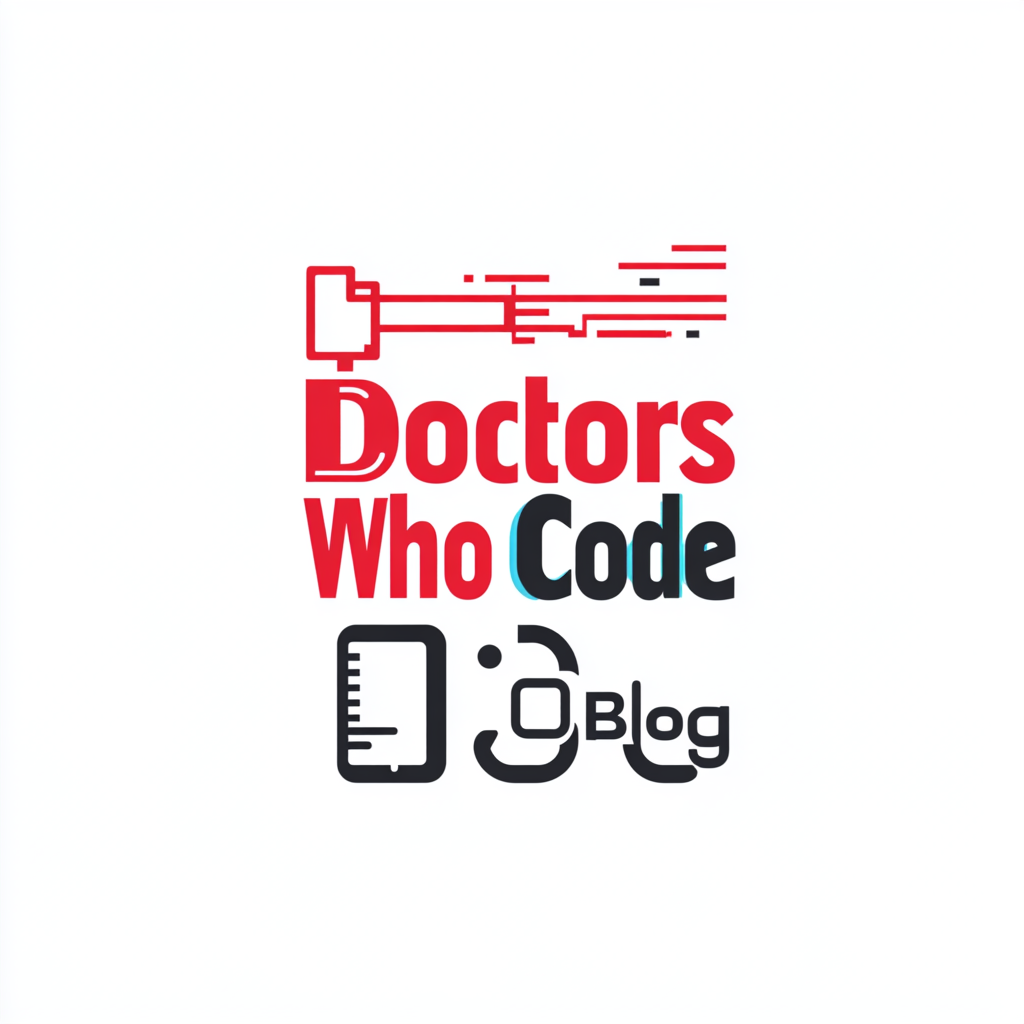“Connecting the Dots”: How Network Science Can Revolutionize Patient Care

Imagine this: Every prescription, diagnostic scan, or patient encounter you document contributes to a larger, invisible web of data—one with the power to transform how we care for patients. Are you using it wisely?
Milan Yanisa’s Connecting the Dots reveals how data, networks, and algorithms shape not just our digital lives, but also our professional landscapes—including healthcare. For doctors navigating the growing intersection of medicine and technology, this book offers vital insights into the hidden structures that influence decisions, outcomes, and even patient care models.
At Doctors Who Code, we believe that understanding these networks is no longer optional—it’s the key to delivering smarter, more personalized care. Here’s why this book is a must-read for physicians and how its lessons apply to the medical field.
Data as the Bedrock of Patient Networks
Just like a patient’s lab results, social history, and imaging contribute to an overall diagnosis, every interaction in the digital world creates data points that inform larger networks. In healthcare, these points could include electronic health records (EHRs), wearable device data, and even social determinants of health.
Yanisa’s book teaches us that these seemingly disconnected data points are not random—they form patterns. These patterns can be analyzed to predict outcomes, improve patient management, and even streamline operations within a hospital or clinic. Imagine using network insights to identify patients at risk of complications before they happen or to personalize treatment pathways for better outcomes.
The Science Behind Healthcare Networks
Network science, as Yanisa describes, isn’t just for tech enthusiasts; it’s a tool for doctors, too. Platforms like EHR systems and clinical decision support tools already rely on algorithms to streamline workflows. By understanding the principles of network science, you can:
– Spot inefficiencies in your clinic’s processes.
– Collaborate more effectively within interdisciplinary teams.
– Analyze trends in patient populations to make proactive decisions.
For example, understanding how information flows through hospital systems can help you identify gaps in care coordination—leading to faster, safer patient outcomes.
Opportunities and Risks in Health Data Networks
With every opportunity comes a challenge. In healthcare, data-driven networks present powerful tools for diagnosis, treatment, and predictive modeling. But they also come with risks:
– Bias in Algorithms: Poorly trained models can perpetuate health inequities if datasets are incomplete or unrepresentative.
– Echo Chambers in Medicine: Over-reliance on AI recommendations can stifle creativity and critical thinking.
– Misinformation Risks: Misinterpreting health data can lead to patient distrust or poor decision-making.
Yanisa’s book is a reminder that data literacy—the ability to understand and critically assess data—is essential for doctors who want to harness the benefits of technology while minimizing its pitfalls.
Why Data Literacy Matters for Doctors
Doctors are already swimming in data. From lab results to imaging studies and wearable device reports, the challenge isn’t the lack of information—it’s making sense of it. Yanisa’s call for improved data literacy is especially relevant for healthcare professionals who:
– Want to navigate EHRs and patient databases more effectively.
– Are looking to adopt or develop AI tools in their practice.
– Need to communicate data-driven insights to patients in meaningful ways.
By understanding how algorithms work, how networks form, and how data impacts decisions, doctors can become proactive rather than reactive in their use of technology. This not only leads to better patient care but also empowers clinicians to advocate for ethical and effective use of these systems.
The Future of Data-Driven Medicine
Yanisa predicts that network thinking will permeate industries, including healthcare, in profound ways. For doctors, this means more than just adapting to new technologies—it means actively shaping them. From influencing the design of patient care models to participating in the ethical conversations around AI, doctors have a role to play in building networks that benefit humanity.
But that requires action. Understanding network science, embracing data literacy, and staying informed about how technology influences medicine aren’t just optional—they’re the building blocks of future-ready healthcare.
Join the Revolution at Doctors Who Code
At Doctors Who Code, we believe in bridging the gap between medicine and technology. If you’re ready to move beyond the basics and start shaping the future of healthcare with data-driven insights, now is the time.
Whether you’re interested in building apps, understanding algorithms, or simply making better use of the tools you already have, we’re here to help you connect the dots.
📌 Visit us at doctorswhocode.blog and join the revolution. Let’s build a smarter, more compassionate future for patient care—together.
